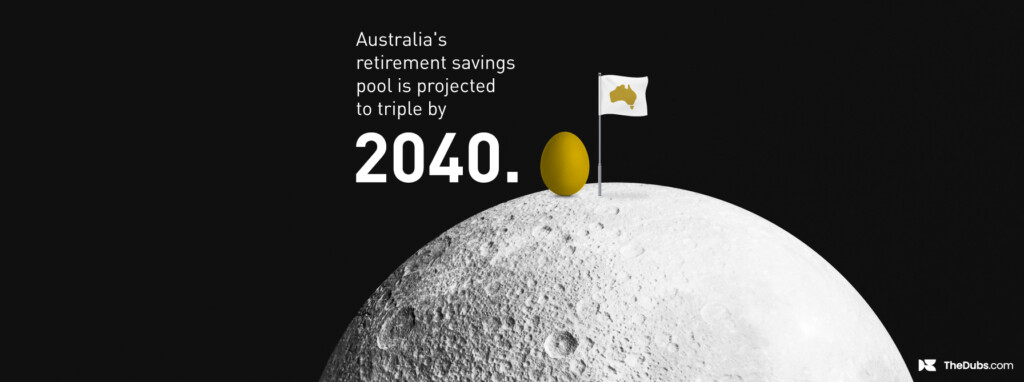Social media in the finance industry can be a tough beast to wrestle. For finance marketers, it means creating content within the confines of compliance in a heavily regulated sector. This can lead to finance marketers not having the capacity or budget to maintain social platforms, resulting in dormant or inactive social accounts. Given social platforms can be an excellent way for finance brands to connect with their audiences, build trust and demonstrate unique offerings and capabilities, inactive social accounts are a missed opportunity that needs to be rectified.
Forbes Communications Council says “smart brands know that an active social media presence is essential in today’s digital marketing landscape. [But brands] must have a clear strategy and the necessary resources to address customers’ needs.” This isn’t proving to be the case for a lot of finance brands. The Dubs social media director, Andrew Frith says “time and time again we’re seeing brands setting up a bunch of social handles and then not doing anything with them. It can be damaging to the brand’s reputation and also shows signs that there isn’t an established social media strategy in place.”
Time and time again we’re seeing brands setting up a bunch of social handles and then not doing anything with them.
The consequences for finance brands of having an inactive social account.
- An inactive social account means no new followers
Have you ever had a friend pop round and you have nothing in the house to offer them? No tea, no juice and no biscuits. Having users come to a dormant page with no new content is the equivalent of having no digestives in the cupboard. An inactive social account gives new users no reason to follow you and build a relationship ongoing. - Inactive social accounts damage brand credibility
Many finance brands want to be seen as thought leaders, which certainly isn’t the case if your most recent update was posted back in 2012. In a study looking at the social media presence of asset managers in Australia, The Dubs found that Platinum Asset Management, Bennelong Funds and Pendal Group all had inactive YouTube accounts that had no new content published from October – December 2019. It pays to have profiles with up-to-date information and engaging content otherwise social platforms can look dated or out of touch with their audience.
But fear not, there are tactics all finance marketers can follow to efficiently bolster social media platforms and be seen as useful and relevant to users.
[dianomi]
Tactics to bolster an inactive account
- Put a social media strategy in place
Create a social media strategy to help determine which platforms to use and which might be better to shut down. If your finance brand is starting out on social, follow this step-by-step approach to developing a social media strategy. - Get technical support with social tools
If you’re time-poor, social media marketing tools like Hootsuite and Buffer allow you to schedule posts so you don’t have to login and upload copy and imagery every time. This makes it easier to manage and track posts, engagement and comments. - Don’t turn off the lights to your social platform
It can be tempting to press delete and pretend like the social platform never existed but you’ll probably have followers, connections or subscribers who signed up to hear from your brand. Don’t hide away from them, give them a reason to keep following you. - Plan out your finance social content
Producing content for each of your social platforms can be difficult so it’s important to create a content publishing calendar that keeps track of the types of content you’re posting on LinkedIn, X, Facebook, etc. Tools such as Loomly can help so you don’t need to be planning your social content in excel. - Curate good content for your social platform
Finance brands often have marketing teams that are stretched both in time and budgets. If there isn’t enough resource available to commission brand-owned content, finance marketers could look at curating content that’s produced by other sources. According to curation giant Curata, “best-in-class marketers use a content marketing mix including 25% curated content”.
It’s certainly not a bad idea to be on multiple social media platforms, provided they’re relevant and used by your target audience. A well planned social media strategy will identify the platforms that will engage with the right audiences and deliver the best ROI for the business.
There’s always room to bring in reinforcements who can help manage your social media platforms or support with content production. To find out how we can help bring your inactive social platforms back to life, get in touch.









